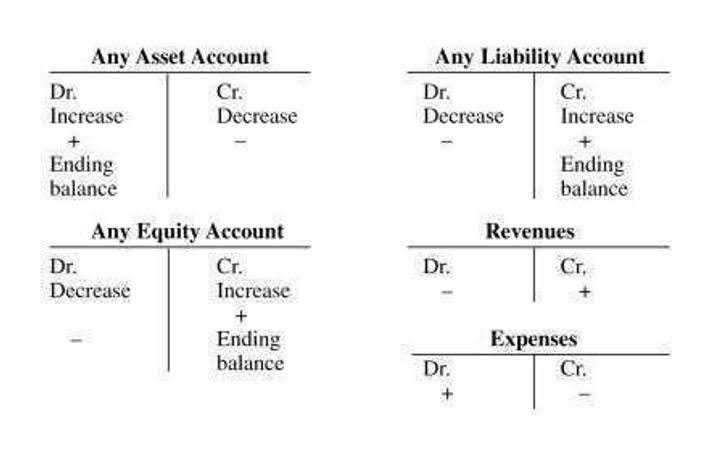How To Calculate Cost of Goods Sold

Such variances are then allocated among cost of goods sold and remaining inventory at the end of the period. Variable costs are costs that change from one time period to another, often changing in tandem with sales. To calculate it, add the beginning inventory value to the additional inventory cost and subtract the ending inventory value. Service-based businesses might refer to cost of goods sold as cost of sales or cost of revenues.
- COGS counts as a business expense and affects how much profit a company makes on its products.
- That is, this method of inventory management records the sale and purchase of inventory thus providing a detailed record of the changes in the inventory levels.
- Using FIFO, the jeweler would list COGS as $100, regardless of the price it cost at the end of the production cycle.
- It’s deducted from your company’s gross receipts to figure a gross profit for the year.
- Cost of sales is typically used by service-only businesses because they cannot list COGS on their income statements.
Your beginning inventory this year must be exactly the same as your ending inventory last year. If the two amounts don’t match, you will need to submit an explanation on your tax form for the difference. The information in this article is a general overview and it’s not intended to be tax preparation advice.
Are shipping and transportation costs included in the cost of goods sold?
Our mission is to empower readers with the most factual and reliable financial information possible to help them make informed decisions for their individual needs. This team of experts helps Finance Strategists maintain the highest level of accuracy and professionalism possible. Our team of reviewers are established professionals with decades of experience in areas of personal finance and hold many advanced degrees and certifications.
- Calculating and tracking COGS throughout the year can help you determine your net income, expenses, and inventory.
- Your accounting period will depend on your business’ preferences and may be monthly, quarterly, or yearly.
- This system of inventory helps in determining the level of inventory at any point in time.
- That may include the cost of raw materials, cost of time and labor, and the cost of running equipment.
- If she uses average cost, it is 11 plus 20, for a profit of 14.
- COGS is an important metric to track in improving profitability.
LIFO stands for Last In, First Out, and assumes that inventories purchased last should be recorded as being sold first. This approach can be beneficial under certain circumstances but it can also create discrepancies between actual profits and taxes owed due to inflation. If you’re using accounting software with a good inventory management system or point of sale (POS) module, most of these calculations will be completed automatically. Operating expenses include utilities, rent, office supplies, sales and marketing, legal costs, insurance, and payroll.
What is your current financial priority?
If your business sells items that change costs during the year, you must figure out how to deal with those changes in a manner acceptable to the Internal Revenue Service (IRS). COGS is deducted from your gross receipts to figure the gross profit for your business each year. Gross receipts are the amounts your business received from sales during the year.
2021-02-24



